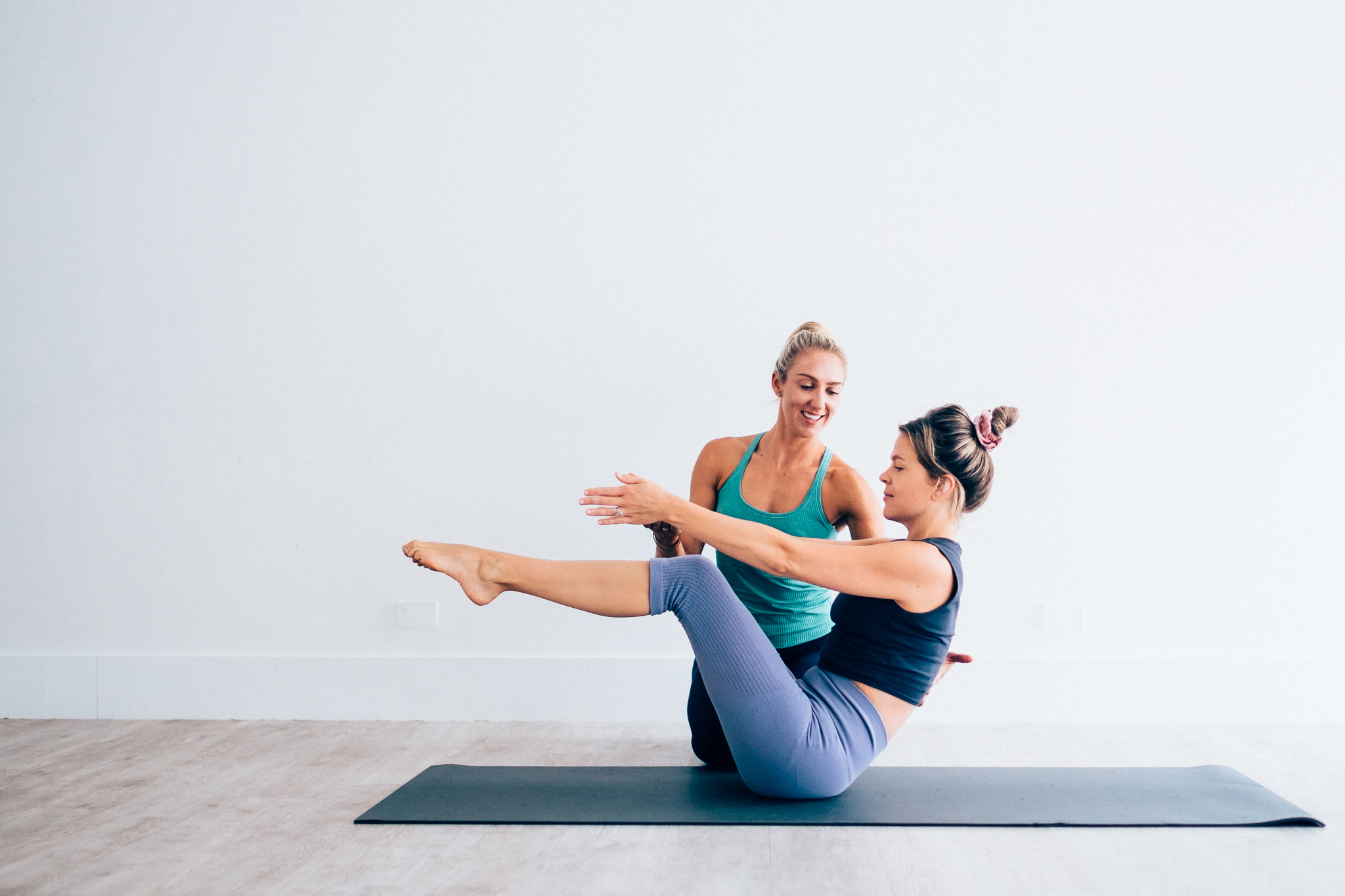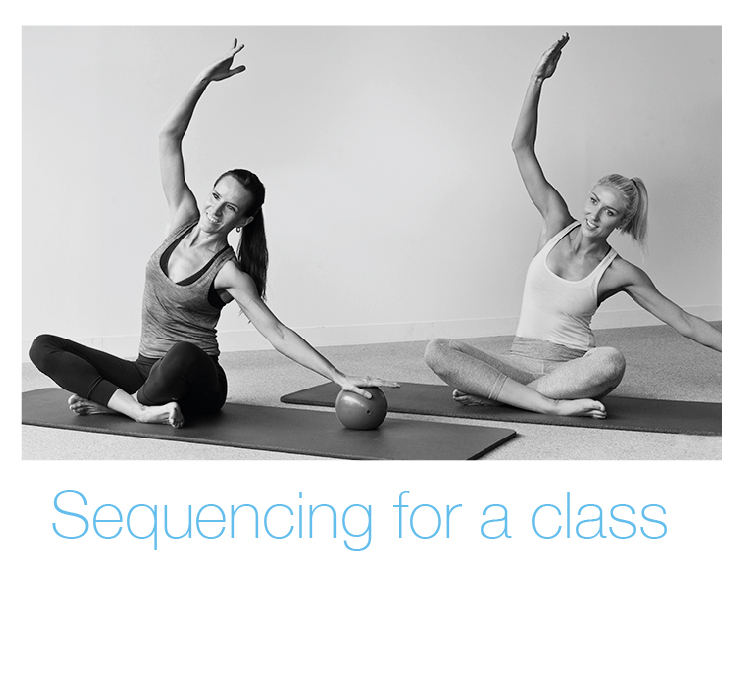Sequencing for a Pilates class
Sequencing for a Pilates class
With so many Pilates classes on offer today, how do you make your matwork Pilates class standout from the crowd? There are lots of factors involved - not necessarily obvious to the participants, a good teacher will appear effortless in their execution! One factor in particular that aids the seamless nature of class teaching is sequencing the movements in a way that means the class is balanced and flows well. As a new teacher, this can be quite daunting, so how do you go about it?
As with any skill, practice makes perfect, your classes will appear more effortless the more you do. Planning, especially as a new instructor is the key. You won’t necessarily run your class exactly as you noted down in your class plan - you might not remember every aspect of your class or you might need to adjust your class depending on the clientele you have on the day (that would happen more often than not). Having thought it out though, will hold you in good stead. So what should you consider in your class planing? Movement position, balance between muscle groups, including a combination of stability, mobility and function, as well as ease of modification are a few ideas to explore.
Sequencing for a Pilates class
- Plan the type of class you want to run, do you want to focus on a particular theme or a small Pilates prop? Are you targeting a specific population? Is the class a set level or are you catering for mixed abilities?
- If you are using small equipment, make sure you set up the room so everyone has easy access to their props as to not disrupt the class half way through by searching for equipment!
- Consider the components of your class. Like any exercises session, a Pilates class should involve a warm up, a cool down and obviously the main body. Within this basic structure, consider what types of exercises you would like to include and at which point in the class – stability? postural awareness? strength? mobility? functional movements? Make sure you have enough time to fit in your planned elements.
- Plan to group exercises according to the position you will teach them in to reduce the amount of time spent changing positions during the class which disrupts the flow.
- Plan in advance how you might progress or regress the movements – especially if it’s an open level class, giving options will enable you to cater for a wider audience.
- How does the movement feel when you do it? Flow in a class is achieved by the right combination of exercises in the right order without too much stopping and starting. For example, you could do a few reps one leg stretch level 1 with the arms up towards the ceiling - the arms are now where they need to be to cue the class straight into double leg stretch level 2 and you could then fluidly place the hands behind the head moving into an abdo prep. Or you could teach different components of an exercise and then combine them, this is a nice way to offer a progression for some while others stay at the lower level as needed, for example – you could do scissors level 1, then oblique prep then combine those two components for a more intermediate abdominal challenge – this helps clients understand what is being asked of them and it feels more achievable than going straight to the harder option.
- Make sure that you include exercises that target a variety of muscle groups and movement directions, it can be easy to do lots of flexion based movements but this might not be appropriate for everyone - For example, post menopausal women should be doing more extension based movements if we consider bone health.

Finally, make sure you attend lots of classes yourself, you will always pick up something valuable from another teacher, perhaps a verbal cue, a new visual image or a modification you have not thought of – continually learning ourselves will make us the best teachers we can be!
APPI Matwork Level 2 - Class Instructor
If you are interested in learning more about class sequencing then we highly recommend attending APPI Matwork Level 2-Class Instructor. This unique course is designed to give you the confidence and practical skills to teach groups and classes. Although as clinicians we are used to teaching clinical exercise, it tends to be in a 1:1 setting. Teaching in a group is a very different scenario, and your Pilates skills do need to be adapted to provide the best level of teaching you can in a group environment. On Matwork level 2- Class Instructor you will learn a variety of warm up and cool down movements to incorporate into your classes, along with cueing skills that are essential in running a seemless class. You will also experience adapted Pilates repertoire incorporating some small Pilates props and participate in various workshops focussing on how to achieve flow in your Pilates mat classes.
View our website for upcoming course dates in your territory
QUICK BOOK
MORE INFO

